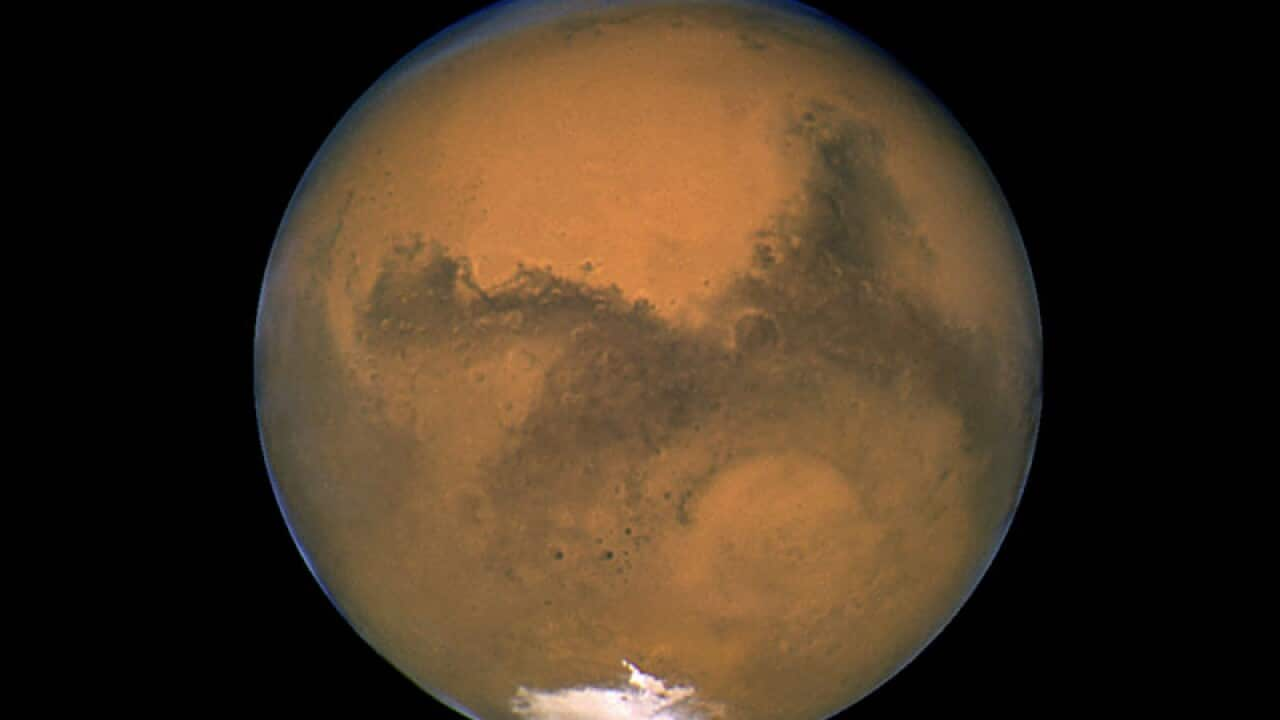Fewer than half of the attempts by global space agencies to reach Mars have succeeded since 1960, with the United States in the clear lead. Here is a list of past key Mars missions:
SUCCESSES
DEC 1971: The Soviet space agency's Mars 3 lander reaches the Red Planet's surface but its instruments stop working after 20 seconds, likely due to massive dust storms at the time of landing.
JULY/AUG 1976: US space agency lands two probes, Viking 1 and 2, the first to send images and perform chemical analysis of the soil on the Red Planet.
SEPT 1997: NASA's Mars Pathfinder succeeds in the first deployment of a lander and small free-ranging robotic rover on the Mars surface.
JAN 2004: The US space agency's rovers Spirit and Opportunity land successfully on Mars. Opportunity continues to send back data today.
MAY 2008: NASA's Mars Phoenix works for 155 days in the planet's arctic region.
FAILURES
NOV 1960: Soviet space agency launches Sputnik 22, an attempted Mars flyby mission, but it disintegrates after entering Earth's orbit.
NOV 1971: Soviet space agency's Mars 2 crashes on Red Planet's surface.
MAR 1974: Soviet space agency's Mars 6 goes silent before landing.
MAR 1974: Soviet space agency's Mars 7 is lost before entering Mars' orbit.
NOV 1996: Russian space agency's Mars 96 fails at launch.
DEC 1999: NASA's Mars Polar Lander crashes on Mars.
DEC 2004: European Space Agency's Beagle 2 attempts Mars landing but contact is lost before touchdown.
There have also been multiple attempts to send orbiters to circle the Red Planet or do flybys. Today there are three orbiters in operation around Mars, two US-launched (Mars Odyssey and Mars Reconnaissance Orbiter) and one European (Mars Express).
Most recently was Russia's failed attempt to launch its Phobos-Grunt spacecraft, a $165 million spacecraft designed to travel to the Martian moon of Phobos, scoop up soil and return the sample to Earth by 2014. Mission control lost radio contact with the craft hours after the November 2011 launch, and in January the 13.5 ton vessel plunged into the ocean.
Share

